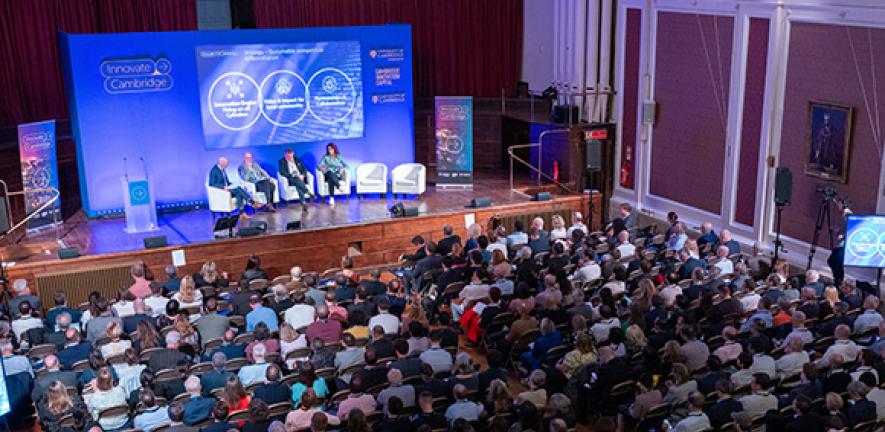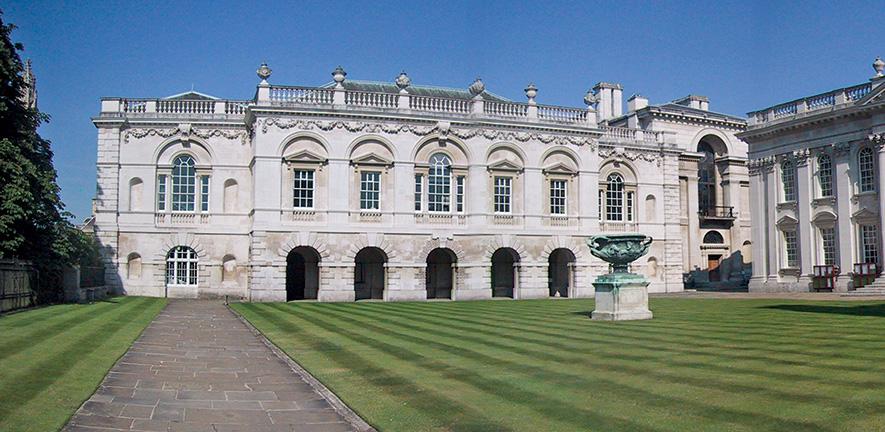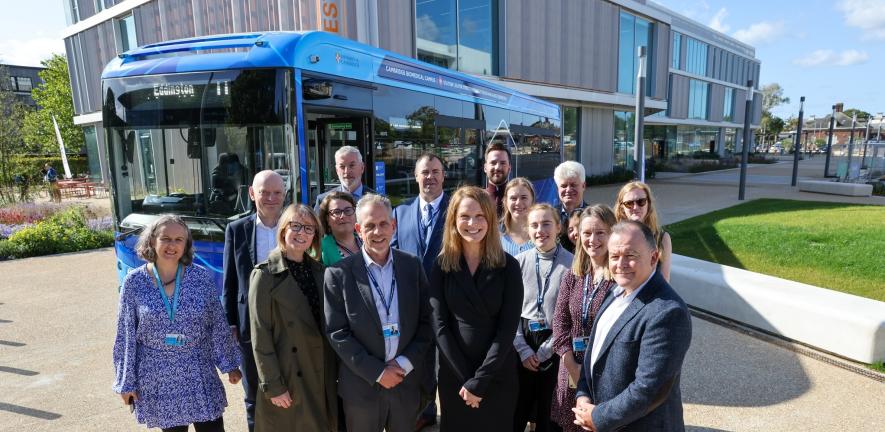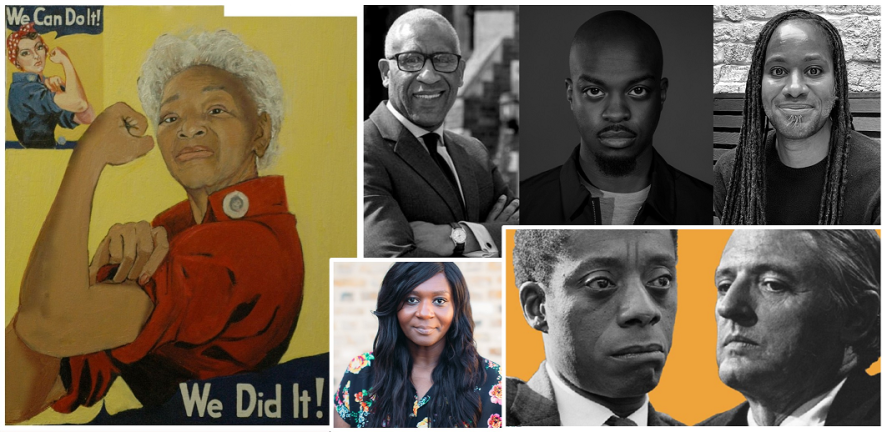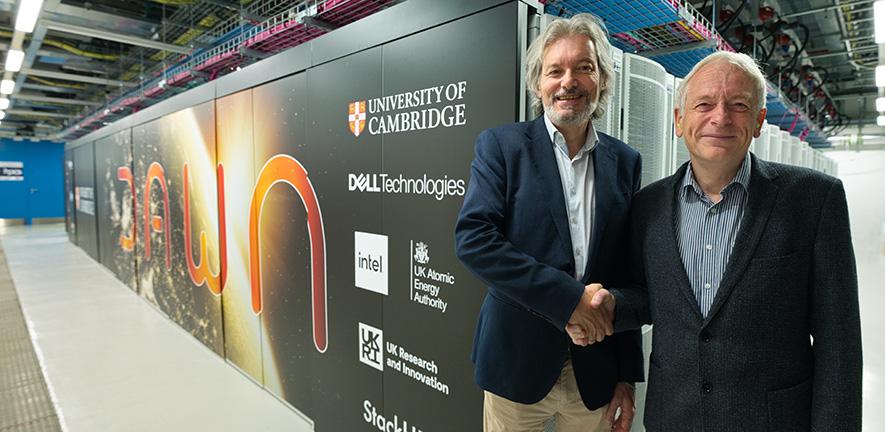
source: www.cam.ac.uk
The Cambridge Open Zettascale Lab is hosting Dawn, the UK’s fastest artificial intelligence (AI) supercomputer, which has been built by the University of Cambridge Research Computing Services, Intel and Dell Technologies.
Dawn Phase 1 represents a huge step forward in AI and simulation capability for the UK, deployed and ready to use nowPaul Calleja
Dawn has been created via a highly innovative long-term co-design partnership between the University of Cambridge, UK Research & Innovation, the UK Atomic Energy Authority and global tech leaders Intel and Dell Technologies. This partnership brings highly valuable technology first-mover status and inward investment into the UK technology sector.
Dawn, supported by UK Research and Innovation (UKRI), will vastly increase the country’s AI and simulation compute capacity for both fundamental research and industrial use, accelerating research discovery and driving growth within the UK knowledge economy. It is expected to drive significant advancements in healthcare, green fusion energy development and climate modelling.
Dawn Phase 1 and the already announced Isambard AI supercomputer at the University of Bristol will join to form the AI Research Resource (AIRR), a UK national facility to help researchers maximise the potential of AI and support critical work into the potential and safe use of the technology.
Dr Paul Calleja, Director of Research Computing Services at the University of Cambridge, said: “Dawn Phase 1 represents a huge step forward in AI and simulation capability for the UK, deployed and ready to use now. Dawn was born from an innovative co-design partnership between University of Cambridge, UKAEA, Dell Technologies and Intel.
“The Phase 1 system plays an important role within a larger context, where this co-design activity is hoped to continue, aiming to deliver a Phase 2 supercomputer in 2024 which will boast 10 times the level of performance. If taken forward, Dawn Phase 2 would significantly boost the UK AI capability and continue this successful industry partnership.”
World-leading technical teams from the University, Intel and Dell Technologies built Dawn, which harnesses the power of both AI and high-performance computing (HPC) to solve some of the world’s most challenging and pressing problems.
Announcing this investment at the AI Safety Summit at Bletchley Park, Science, Innovation and Technology Secretary Michelle Donelan said: “Frontier AI models are becoming exponentially more powerful. At our AI Safety Summit in Bletchley Park, we have made it clear that Britain is grasping the opportunity to lead the world in adopting this technology safely so we can put it to work and lead healthier, easier and longer lives.
“This means giving Britain’s leading researchers and scientific talent access to the tools they need to delve into how this complicated technology works. That is why we are investing in building UK’s supercomputers, making sure we cement our place as a world-leader in AI safety.”
Professor Emily Shuckburgh, Director of Cambridge Zero and the Institute of Computing for Climate Science said: “The coupling of AI and simulation methods is a growing and increasingly essential part of climate research. It is central to data-driven predictions and equation discovery, both of which are at the fore in climate science.
“This incredible new resource – Dawn – at Cambridge will enable software engineers and researchers at the Institute of Computing for Climate Science to accelerate their work helping to address the global challenges associated with climate change.”
Dawn brings the UK closer to reaching the compute threshold of a quintillion floating point operations per second – one exaflop, better known as exascale. For perspective: every person on earth would have to make calculations 24 hours a day for more than four years to equal a second’s worth of processing power in an exascale system.
Hosted at Cambridge Open Zettascale Lab’s site, Dawn is the fastest AI supercomputer deployed in the UK today and will support some of the UK’s largest-ever workloads across both academic research and industrial domains. Importantly, it is the UK’s first step on the road to developing future Exascale system.
Adam Roe, EMEA HPC technical director at Intel, said: “Dawn considerably strengthens the scientific and AI compute capability available in the UK, and it’s on the ground, operational today at the Cambridge Open Zettascale Lab.
“I’m very excited to see the sorts of early science this machine can deliver and continue to strengthen the Open Zettascale Lab partnership between Dell Technologies, Intel and the University of Cambridge, and further broaden that to the UK scientific and AI community.”
Tariq Hussain, Head of UK Public Sales, Dell Technologies, said: “Collaborations like [this one], alongside strong inward investment, are vital if we want compute to unlock the high-growth AI potential of the UK. It is paramount that the government invests in the right technologies and infrastructure to ensure the UK leads in AI and exascale-class simulation capability.
“It’s also important to embrace the full spectrum of the technology ecosystem, including GPU diversity, to ensure customers can tackle the growing demands of generative AI, industrial simulation modelling and ground-breaking scientific research.”
Dr Rob Akers, Director of Computing Programmes & Senior Fellow at UKAEA, added: “Dawn will form an essential part of a diverse UKRI supercomputing ecosystem, helping to promote high-fidelity simulation and AI capability ensuring that UK science and engineering is first in the queue to exploit the latest innovation in disruptive HPC hardware. In the short term, Dawn will allow UKAEA’s fusion energy programme to form a powerful and exciting cross-Atlantic partnership with US labs exploiting the new 2ExaFlop AURORA supercomputer at Argonne, Dawn’s ‘big sister’.
“Fusion has long been referred to as an ‘exascale grand challenge’. The exascale is finally upon us and I firmly believe that the many collaborations coalescing around Dawn will be a powerful ingredient for extracting value promised by the exascale – for the UK to deliver fusion power to grid in the 2040’s, to realise Net Zero more generally, to seed high value UK jobs in AI and ‘digital’ and to drive economic growth across the entire United Kingdom.”
The text in this work is licensed under a Creative Commons Attribution-NonCommercial-ShareAlike 4.0 International License. Images, including our videos, are Copyright ©University of Cambridge and licensors/contributors as identified. All rights reserved. We make our image and video content available in a number of ways – as here, on our main website under its Terms and conditions, and on a range of channels including social media that permit your use and sharing of our content under their respective Terms.


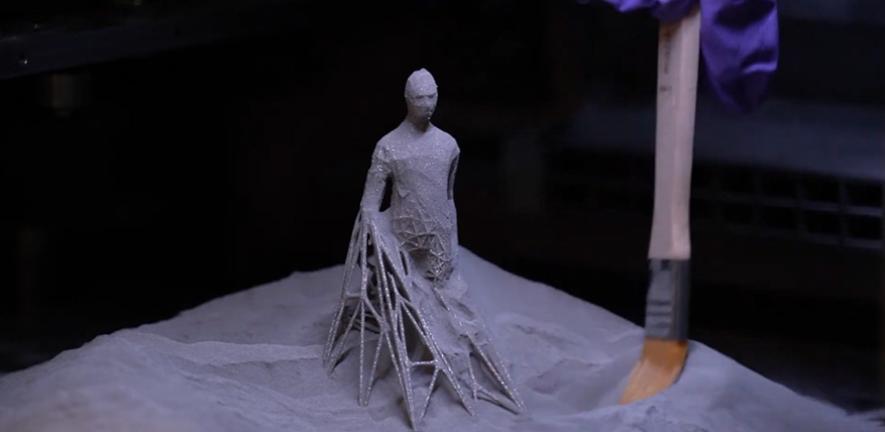

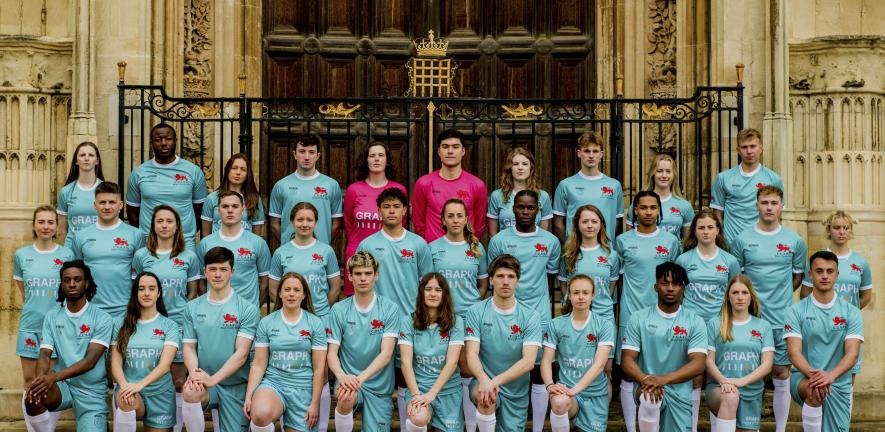



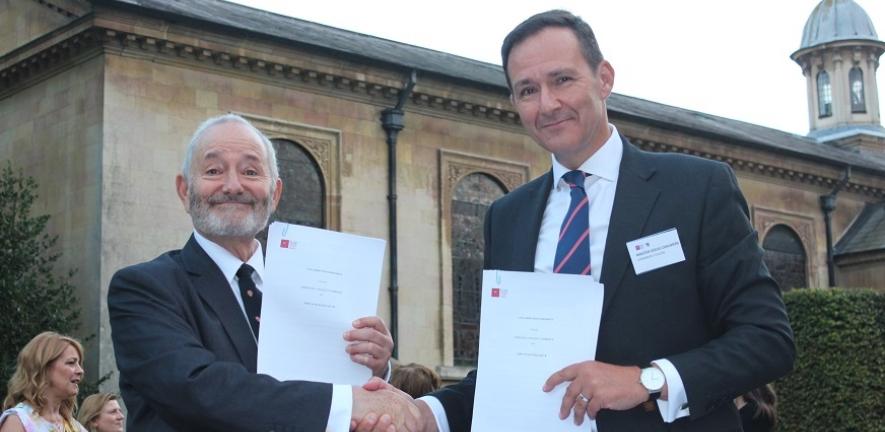

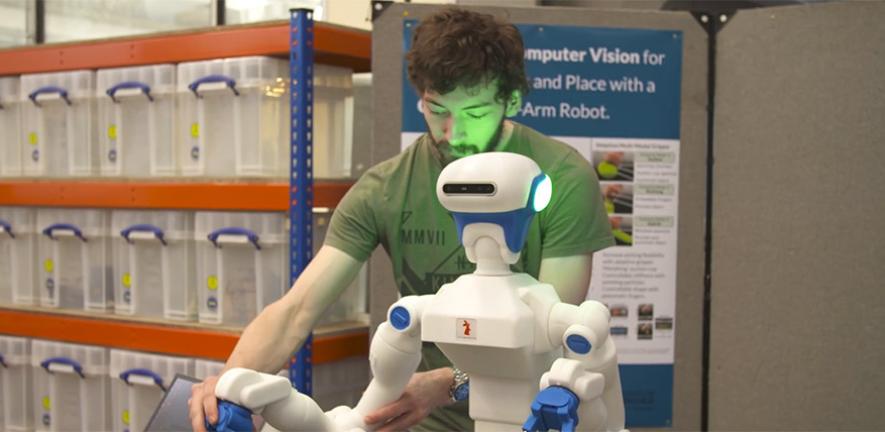
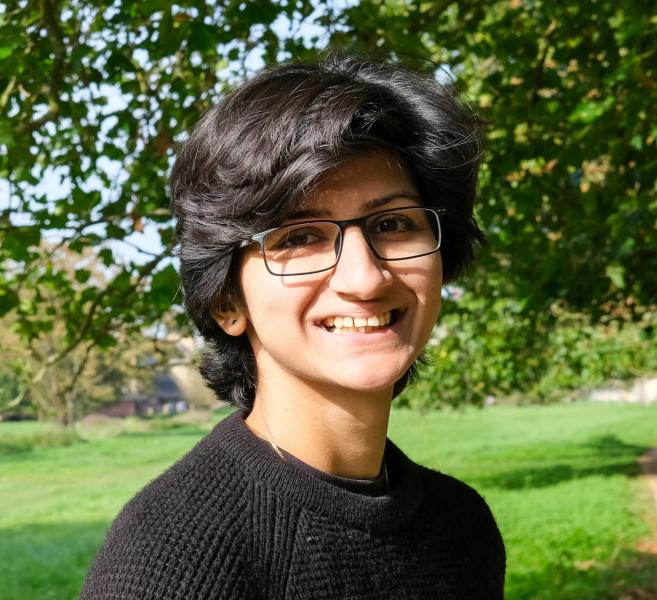 “My cousin was the victim of a brutal attack, and left with life-changing injuries – but with AI technology, we aim to empower people like her.”
“My cousin was the victim of a brutal attack, and left with life-changing injuries – but with AI technology, we aim to empower people like her.”